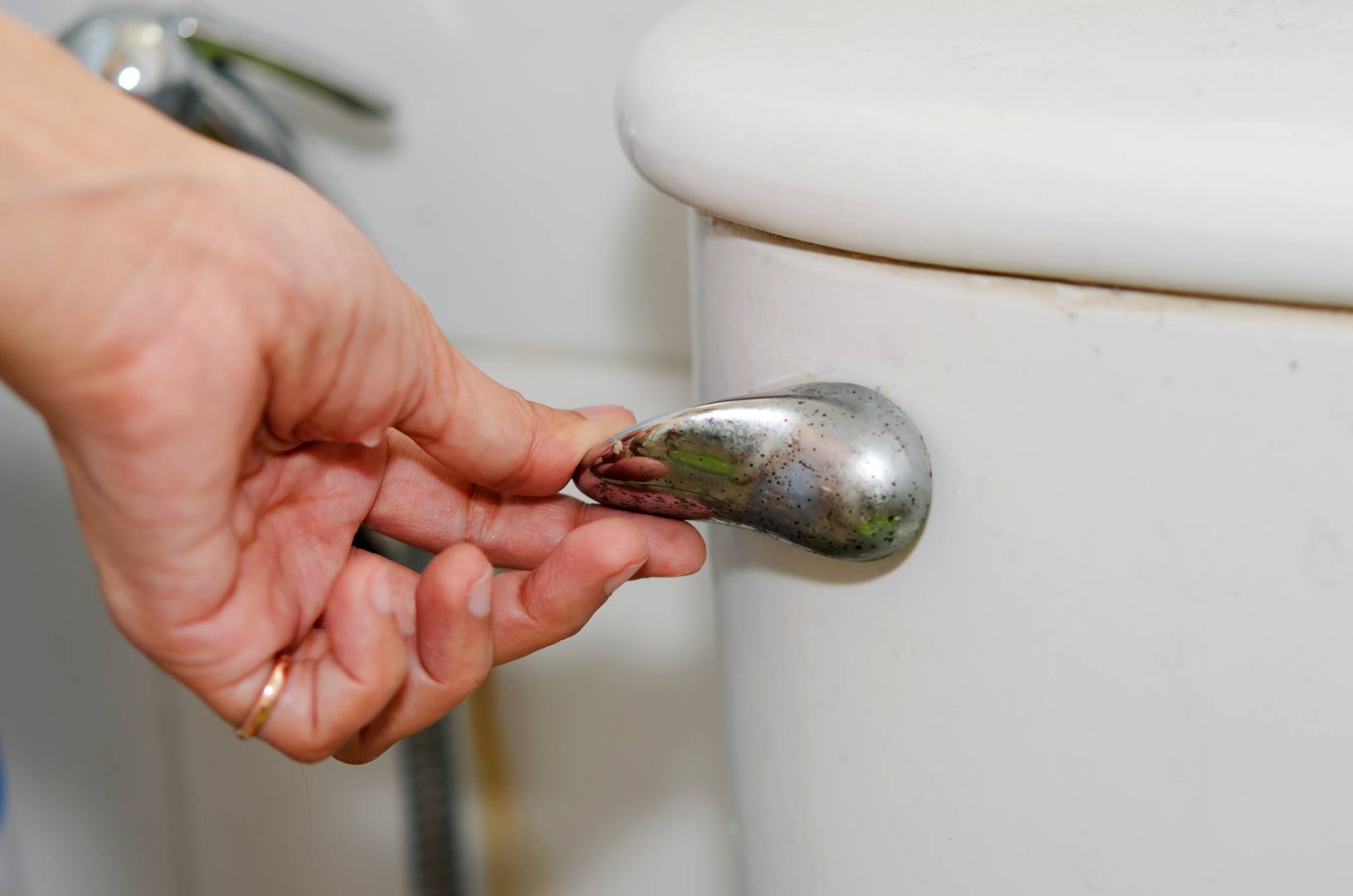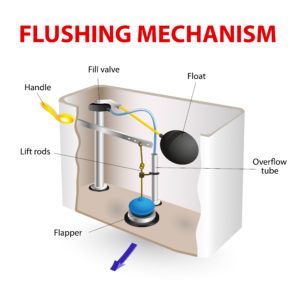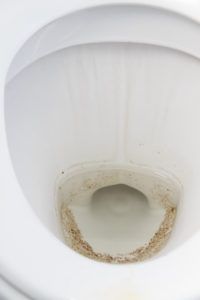06/23/2016

A slow-flushing toilet is one of those inconveniences that might be very annoying. All that water swirling in the toilet bowl so s-l-o-w-l-y can drive you crazy! Or you try to flush all the waste down the drain and it just wouldn’t go there because of lack of syphon effect.
A slow-flushing toilet cannot be left untreated because ignoring the problem can result in complete toilet clogging, which is not just annoying but dangerous as well.
There are three main things in slow-flushing toilets to pay attention to –
- the toilet tank water level
- the water inlet
- potential blockages
By examining these conditions you will be able to detect the problem and determine whether you need help of a professional plumber or not.
The toilet tank water level

If a toilet seems sluggish and does not wash out all the waste when flushed, first check whether it is getting enough water from the tank and also check its flow. You can do it by putting some toilet paper into the bowl and promptly pouring a full bucket of water down the drain. If it flushes well, you know that water flow is the cause of slow flushing, but if it doesn’t – this indicates a blockage. Some homeowners have less water in the toilet tank because that’s how they save water. Maybe the previous homeowner adjusted the water level in such a way that it now causes slow flushing. Lift the lid on your toilet tank and see if you need to raise the water level or not in order to fix the problem. There is a vertical tube running in the center of the tank, which is a part of the toilet flush valve. The toilet fill tube and the toilet flapper are attached to it. The water level in the tank should be half an inch below the top of this tube. There might be an indicator on the inner side of the tank to help you determine the correct water level.
Checking for mineral deposit in water inlets
If the level of water in your toilet tank is set correctly, the problem could be the inlet built into your toilet bowl or actually the mineral deposit that collects in it. This deposit reduces the flushing capacity of your toilet, as it interferes with the flow of water. Clean the water inlet to get rid of any sediment. In case if you don’t want to do it yourself, you can always contact our reputable plumbing specialists from Orange County Plumbing Heating & Air Conditioning.
Potential Blockages

If the first two conditions do not cause the slow flushing of your toilet, most likely the blockage influences the flushing capacity of your toilet. In this case try a rubber plunger – one that is made for specific use in toilet bowls. When you apply the plunger in your toilet bowl, there must be enough water there to cover the rubber cup. However, if the bowl is too full, it will be good to dip some water before you start to plunge, because pushing the plunger up and down could make some excess water to splash over the edge.
If you have a slow-flushing toilet at your home and you tried to fix it on your own but it didn’t work, it would be best to consult experienced plumbers who can properly assess the toilet condition and solve the problem for you. Orange County Plumbing Heating & Air Conditioning experts have all the necessary tools and expertise to deal with the issues of slow-flushing toilets, contact us and you won’t be disappointed.



